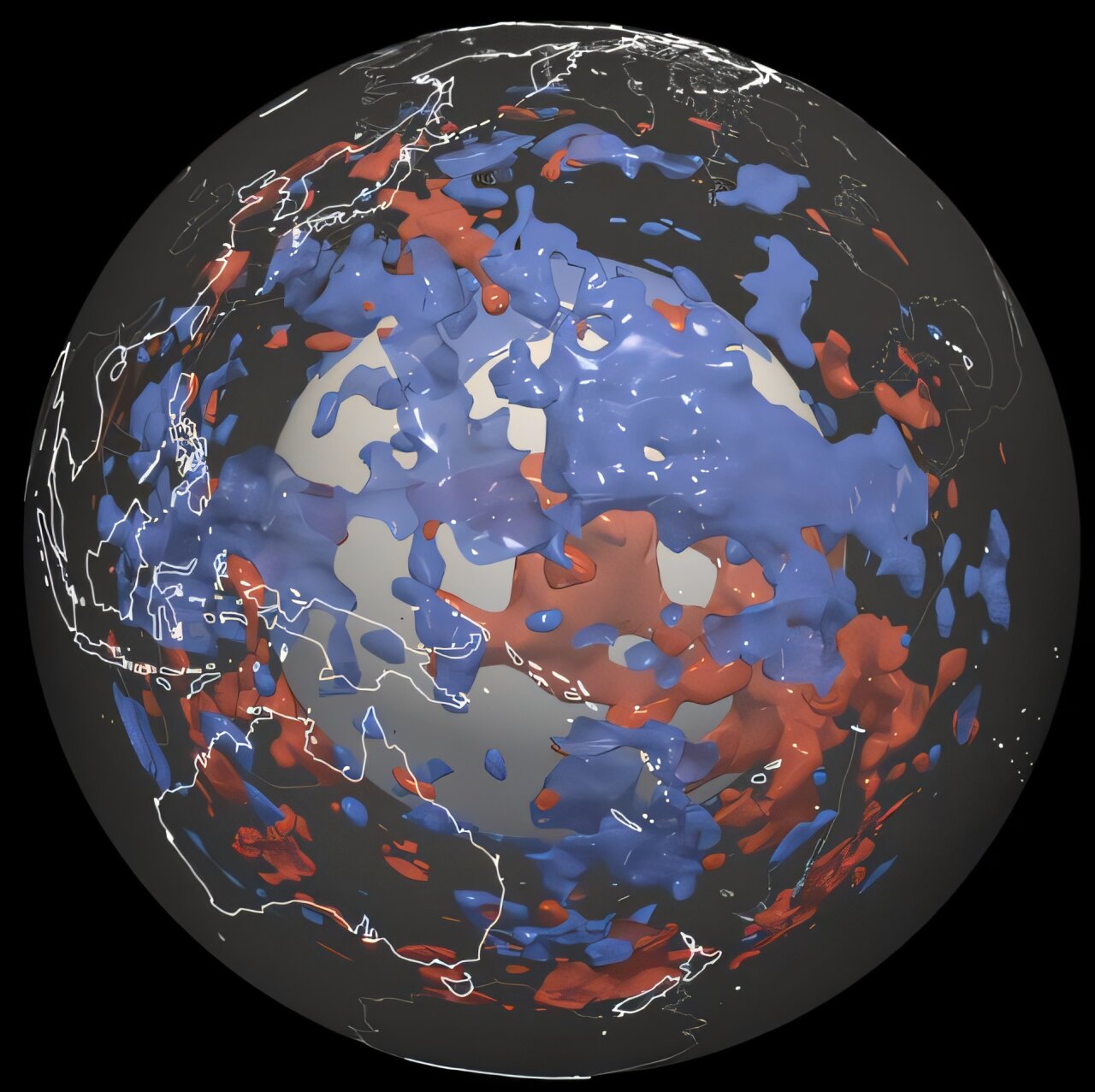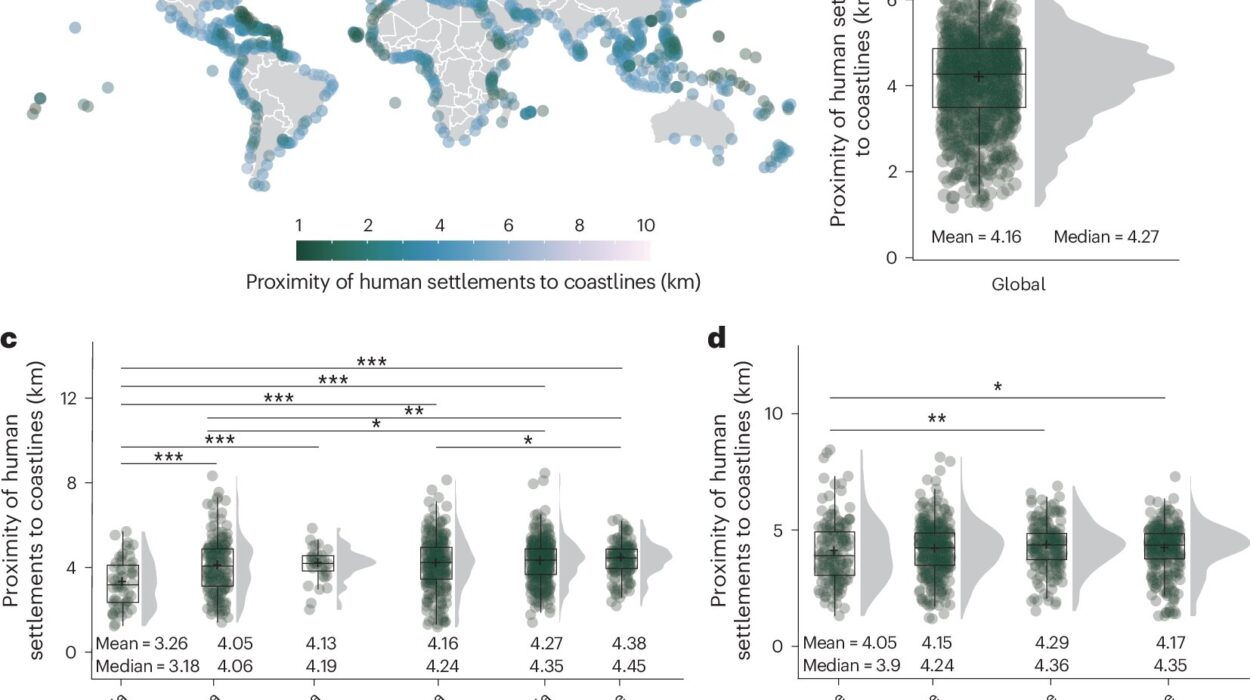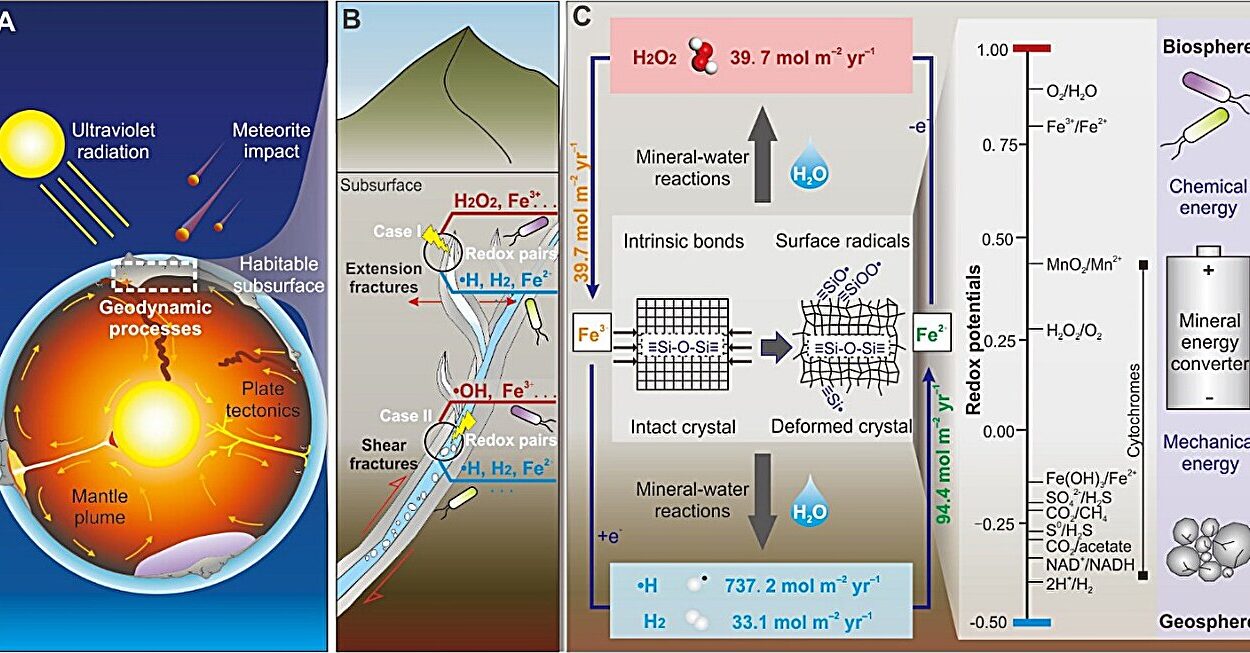Researchers at ETH Zurich have made significant strides in understanding the behavior and distribution of arsenic, a toxic element that poses environmental and health risks. Arsenic, located just below phosphorus in the periodic table, is often mistakenly identified by living organisms as a harmless nutrient due to its chemical resemblance. This characteristic is responsible for its toxicity, as cells may take up arsenic instead of the essential phosphorus, leading to biological disruptions.
The team, led by Lenny Winkel from the Institute of Biogeochemistry and Pollutant Dynamics at ETH Zurich, together with the aquatic research institute Eawag, conducted extensive fieldwork at the Pic du Midi research station in the French Pyrenees. Situated 2,877 meters above sea level, the station provided an ideal location for collecting samples of atmospheric arsenic, largely unaffected by local pollution sources. The research aimed to uncover the pathways through which arsenic travels through the atmosphere, offering important insights into its global distribution and environmental impact.
Arsenic is widely distributed around the Earth’s atmosphere, with approximately 31 kilotons of the element present in the air. Despite its toxicity, arsenic is often in trace amounts that do not pose an immediate danger to human health. During rainfall, for instance, the concentration of arsenic in rainwater is typically very low. While it may be a cause for concern when concentrated, scientists assure that the dilution of arsenic in the air and precipitation poses no significant immediate threat to people.
The team, which has been researching arsenic contamination for several years, found that atmospheric arsenic concentrations were unexpectedly higher in clouds than in rainwater. This finding suggested that arsenic could be accumulating in the atmosphere before being carried to the Earth’s surface via rainfall. Given the extremely low concentrations they were working with, the researchers were able to use a cutting-edge detection method capable of measuring arsenic in samples as small as one to two nanograms per liter, a level up to 20 times lower than previous measurement methods could detect.
Through a combination of air mass modeling and chemical analysis, the team successfully identified the typical transport patterns of arsenic in the atmosphere. The analyses revealed that samples with high levels of sodium likely indicated that the arsenic had traveled from the sea. Sodium chloride, or table salt, is common in seawater and could mix with arsenic during its movement across the ocean before reaching land. In contrast, the discovery of dissolved organic carbon in certain samples led to an interesting finding. Organic carbon can come from natural sources such as plants and pollen, as well as human-induced pollution from transport or industrial activities. This indicated that the arsenic in those particular samples had likely traveled over land masses before reaching the Pyrenees.
Additionally, the study revealed a crucial finding regarding the presence of methylated arsenic compounds in rainwater. These compounds are not typically found in large quantities in the atmosphere and form when living organisms such as bacteria, algae, fungi, or plants metabolize inorganic arsenic, converting it into less toxic forms. This new insight challenged the previously held assumption that human activities such as the burning of coal or the smelting of ores were the predominant drivers of arsenic’s atmospheric presence. In fact, in some cloud samples, methylated arsenic represented the majority of the arsenic detected. This pointed to a more significant role for biological processes than scientists had previously considered.
Winkel’s team found that biological conversion of arsenic is not limited to the land; similar processes occur at sea. The detection of these methylated compounds suggests that both terrestrial and marine environments are involved in the biogeochemical cycling of arsenic. Historically, much of the global understanding of arsenic distribution focused on industrial emissions and human activities, with less attention paid to the role of living organisms. The findings from this study highlight the critical importance of biological processes, such as bacterial, plant, and algal activity, in influencing arsenic’s journey through the environment. The results suggest that these living organisms contribute significantly to the global mobilization and distribution of arsenic through their metabolic processes.
Given the broader impact that living organisms have on the arsenic cycle, there is now a pressing need to integrate these biological processes into global models of arsenic distribution and cycling. These models typically focus more on anthropogenic factors like industrial pollution, overlooking the role of natural and biological sources in the movement of arsenic. As the study reveals, living organisms—not just industrial activity—play a crucial role in the global spread of this environmental toxin.
In practical terms, this work has profound implications for understanding arsenic’s impact on both the environment and public health. Biological processes not only contribute to arsenic’s widespread distribution but also may help mobilize arsenic that has accumulated over centuries in soils and sediments. By investigating the atmospheric pathways and the chemical transformation of arsenic in clouds and precipitation, the researchers underscore the need to reassess our understanding of how pollutants like arsenic travel across the globe and cycle through natural systems.
The findings open new avenues for further research into arsenic’s global cycle and its ecological consequences. While the study focused primarily on the atmospheric transport of arsenic, it also raised important questions about the long-term environmental accumulation and potential health risks posed by this toxic element. Future studies will need to continue unraveling the complex mechanisms through which arsenic and other pollutants are transformed and dispersed in the environment, taking into account the interplay between natural processes and human activity.
Ultimately, this work offers valuable insights into how seemingly small and elusive environmental contaminants can have widespread and lasting effects on ecosystems, wildlife, and human populations. By improving our understanding of arsenic’s pathways through the atmosphere and the important role of biological processes, researchers can inform more effective strategies for mitigating the risks associated with arsenic pollution. Additionally, such knowledge could help shape policies that safeguard human health and protect biodiversity in an increasingly polluted world.
Reference: Esther S. Breuninger et al, Marine and terrestrial contributions to atmospheric deposition fluxes of methylated arsenic species, Nature Communications (2024). DOI: 10.1038/s41467-024-53974-z






